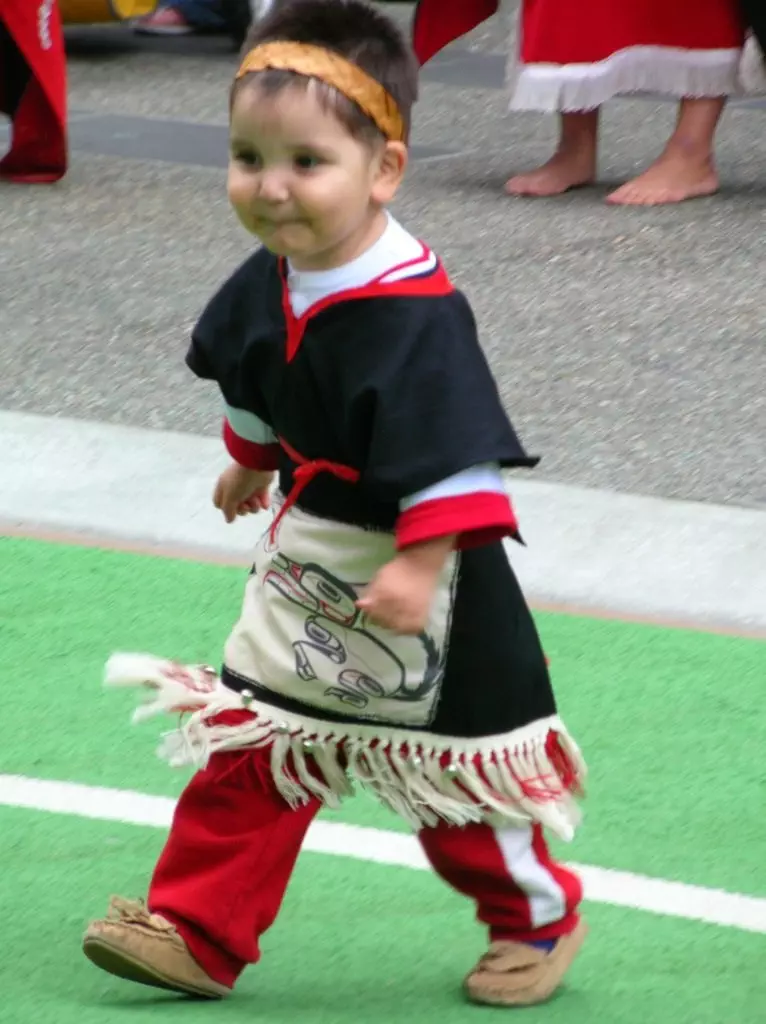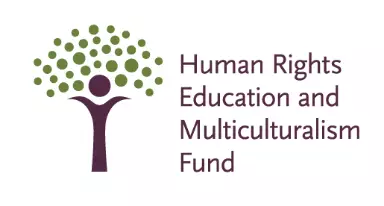
Donate to the Linda McKay-Panos Scholarship Fund

Donate to the Linda McKay-Panos Scholarship Fund
Photo: flickr/Stephen Rees
In late January, 2016, the Canadian Human Rights Tribunal (Tribunal) ruled that children living on First Nations reserves have been discriminated against because of underfunding of education and child welfare. (see: First Nations Child and Family Caring Society of Canada et al v Attorney General of Canada (for the Minister of Indian Affairs and Northern Development Canada), 2016 CHRT 2 (CanLII) (online https://www.canlii.org/en/ca/chrt/doc/2016/2016chrt2/2016chrt2.html [1]). Canadians who are not First Nations may be surprised to learn about the issue of underfunding because there is much misinformation about issues of funding of First Nation peoples’ families and communities.

By Linda McKay-Panos
This blog article originally appeared in LawNow Vol. 40(4) and is reprinted with permission.
In late January, 2016, the Canadian Human Rights Tribunal (Tribunal) ruled that children living on First Nations reserves have been discriminated against because of underfunding of education and child welfare. (see: First Nations Child and Family Caring Society of Canada et al v Attorney General of Canada (for the Minister of Indian Affairs and Northern Development Canada), 2016 CHRT 2 (CanLII) (online https://www.canlii.org/en/ca/chrt/doc/2016/2016chrt2/2016chrt2.html [1]). Canadians who are not First Nations may be surprised to learn about the issue of underfunding because there is much misinformation about issues of funding of First Nation peoples’ families and communities.
In Canada, legislative power is divided between the federal government and the provincial/territorial governments. Under section 91(24) the Constitution Act, 1967, the federal government was provided with exclusive legislative authority over “Indians and Lands Reserved for Indians”. The federal government enacted s 88 of the Indian Act RSC 1985, c I-5, which provides that all laws of general application that are in force in any province apply to Indians. This means that provincial child welfare legislation and standards apply to First Nations and peoples on reserves.
…the provision of child and family services between AANDC and First Nations on reserves and in Yukon is reinforced by the federal government’s constitutional responsibilities and its special relationship with Aboriginal peoples.In addition to the legislative power held by the federal government, there exists a special relationship between the Crown and Aboriginal peoples. This special relationship gives rise to a fiduciary duty between the federal Crown and the Aboriginal peoples of Canada (see section 35 of the Constitution Act, 1982 and R v Sparrow, [1990] 1 SCR 1075), which could include the provision of child and family services on reserve (Alberta v Elder Advocates of Alberta Society, 2011 SCC 24).
At issue in this case were the activities of the Aboriginal Affairs and Northern Development Canada (AANDC) [now called Indigenous and Northern Affairs Canada] in managing its First Nations Child and Family Services Program (FNCFS). The FNCFS program was initially developed to address concerns over the lack of child and family services provided by the provinces. It is to provide culturally appropriate child and family services to First Nations children and families on reserve. The services should be reasonably comparable to the services provided to other provincial residents in similar circumstances.
The Complainants, the Caring Society and Assembly of First Nations, argued that AANDC discriminates on the ground of race and/or national or ethnic origin when providing child and family services to First Nations on reserve and in Yukon, because they provide inequitable and insufficient funding for these services.
The Tribunal noted that in order to make out the discrimination complaint, three elements must be demonstrated:
Section 5 of the CHRA provides:
5. It is a discriminatory practice in the provision of goods, services, facilities or accommodation customarily available to the general public
(a) to deny, or to deny access to, any such good, service, facility or accommodation to any individual, or
(b) to differentiate adversely in relation to any individual, on a prohibited ground of discrimination.
(1) Characteristics protected from Discrimination
The first element was easily dealt with as First Nations possess the characteristics of race and national or ethnic origin as prohibited grounds of discrimination.
(2) “Service”
The second element was more contentious, as it required the Complainants to prove that AANDC was involved in the provision of a service under s 5 of the CHRA and if so, to demonstrate that First Nations were denied services, or were adversely impacted by AANDC’s involvement in the provision of those services.
First, the Tribunal must determine what constitutes a “service”. Second, the Tribunal must determine whether the services create a public relationship between the service provider and the service user.
The Tribunal held that funding can constitute a service within the meaning of s 5 of the CHRA. Further, First Nations, particularly First Nations on reserve, are a distinct public. In addition, AANDC extends the assistance or benefit of the FNCFS Program and other related provincial/territorial agreements to this public through FNCFS Agencies and the provinces or territories. The Tribunal also noted that the public relationship in the provision of child and family services between AANDC and First Nations on reserves and in Yukon is reinforced by the federal government’s constitutional responsibilities and its special relationship with Aboriginal peoples.
(3) Causal Connection Between the Protected Characteristic(s) and the Adverse Impact or Denial
In general, child welfare services are intended to protect children from neglect and abuse (sexual, physical or emotional) and to prevent these difficulties through public awareness and education on healthy families and early intervention, followed by crisis services.
The Tribunal discusses the various funding agreements for child and family services with the over 100 FNCFS Agencies across Canada. It also notes that there have been multiple reports examining the FNCFS. For example, the National Policy Review reported: …the funding formula under Directive 20-1 inhibited FNCFS Agencies’ ability to meet the expectation of providing a comparable range of child and family services on reserve for a number of reasons, such as:
In addition, a report of the Auditor General in 2008 concluded that the funding formula did not treat First Nations or provinces in a consistent or equitable manner.
Canadians who are not First Nations may be surprised to learn about the issue of underfunding because there is much misinformation about issues of funding of First Nation peoples’ families and communities. The AANDC argued that the numerous studies of the FNCFS should have little weight; that differences between level of services and programs offered on and off reserve may have little to do with funding and more about choices made by FNCFS about the service and programs they provide; and that the complainants did not provide any evidence to compare different funding models. However, the Tribunal found that many of the reports were highly relevant and provided reliable evidence. There was some comparative evidence presented that demonstrated a difference between child and family services funding and service levels provided on and off First Nations reserves.
While the provincial legislation’s focused on prevention and using the least disruptive measures in meeting the best interest of the child, the federal funding programs stated their goal was to provide culturally relevant child and family services on reserve. However, the federal government actually provided funding on a fixed basis without considering the specific needs of communities or individual families.
The Complainants alleged that “Jordan’s Principle” was not being applied for First Nations children. The Tribunal wrote:
Jordan’s Principle is a child-first principle and provides that where a government service is available to all other children and a jurisdictional dispute arises between Canada and a province/territory, or between departments in the same government regarding services to a First Nations child, the government department of first contact pays for the service and can seek reimbursement from the other government/department after the child has received the service. It is meant to prevent First Nations children from being denied essential public services or experiencing delays in receiving them [emphasis original].
The Tribunal concluded the adverse effects generated by the FNCFS program and other provincial/territorial agreements perpetuated disadvantages historically suffered by First Nations people. The Tribunal also held that race and/or national or ethnic origin is a factor in the adverse impact on First Nations children and families. The Tribunal relied on evidence of the historical disadvantages endured by Aboriginal peoples, such as the residential schools and their long-standing impact on child welfare matters. Finally, the Tribunal referred to Canada’s international commitments to children (Convention on the Rights of the Child) and Indigenous peoples (e.g., Universal Declaration on Human Rights, and Declaration on the Rights of Indigenous Peoples).
As for remedies, the Tribunal ordered that the AANDC remove most discriminatory aspects of the funding schemes it uses to fund FNCFS Agencies. The Program and Agreements should be reformed. The AANDC was also ordered to cease applying a narrow definition of Jordan’s Principle, and to take measures to immediately implement its full meaning and scope.
Those who work closely with First Nations believe that this human rights decision will open the door to a number of claims to address the fact that (per Katherine Hensel ): “discrimination infuses the entire relationship between the federal government and First Nations….[in the provision of] government services” (Nicole Ireland, CBC News (27 January 2016).




2500 University Drive NW
Calgary, AB T2N 1N4
(403) 220-2505
aclrc@ucalgary.ca